Body Dysmorphic Disorder (BDD): Risk Factors, Signs, Symptoms, and Treatment

By Thrive Wellness Sacramento Clinical Director Gillian “Gillie” Francis, LCSW
A mental health diagnosis that affects up to 2.4% of people, body dysmorphic disorder (BDD) is characterized by a fixation on one’s own perceived body imperfections, which are generally imperceptible to others. Individuals with BDD typically engage in compulsive behaviors associated with their perceived flaws. While related to obsessive-compulsive disorder (OCD), eating disorders , and body image struggles, BDD is a separate and disabling condition that can interfere with one’s ability to participate and find enjoyment in everyday life.
WHAT IS BDD?
Experienced by men and women at relatively equal rates , BDD often involves obsessive distressing thoughts about a specific body part and related repetitive behaviors, such as mirror checking, excessive grooming, and skin picking.
BDD commonly develops in adolescents ages 12 to 13 , but frequently goes undiagnosed for years. While the causes of BDD are complex, the following factors can increase an individual’s risk for developing BDD:
- Abuse
- Anxiety
- Bullying
- Depression
- Fear of being alone or isolated
- Genetic predisposition
- Low self-esteem
- OCD
- Perfectionist or competitive tendencies
Signs and symptoms of BDD include:
- Extreme preoccupation with a perceived flaw in one’s appearance that others don’t notice or perceive as minor
- A conviction that one has a defect in their appearance that makes them “ugly” or “deformed”
- A belief that others take special notice of one’s appearance in a negative or mocking way
- Engaging in behaviors aimed at fixing or hiding the perceived flaw that are difficult to resist or control, such as frequently checking the mirror, grooming, or picking at one’s skin
- Attempting to hide perceived flaws with styling, makeup, or clothes
- Constantly comparing one’s appearance with others
- Repeatedly seeking reassurance about one’s appearance from others
- Undergoing cosmetic procedures with little satisfaction
- Avoiding social situations to hide one’s perceived flaw from observation or judgment
BDD often occurs with other mental and behavioral health conditions, including:
- OCD: Co-occurring with OCD at rates varying from 3% to 43% , BDD shares the intrusive thoughts and compulsive behaviors that also manifest with OCD. Unlike OCD, however, the obsessive-compulsive focus of a person with BDD lies solely on their body and appearance.
- Eating disorders : Research shows that 12% of those with anorexia nervosa or bulimia nervosa also struggle with BDD. Interestingly, however, the body dysmorphic concerns of the study participants were focused on skin, hair, teeth, nose, and height, rather than weight and shape. Even so, some individuals with BDD attempt to manipulate their perceived flaws through disordered eating behaviors including calorie restriction, over-exercising, and purging.
BDD VS. BODY IMAGE ISSUES
Individuals who experience poor body image often feel a general sense of displeasure about their overall appearance especially as it relates to weight or shape. Struggles with body image may arise from diet culture’s invasive narrative which prioritizes and celebrates certain body shapes over others. Although detrimental, body image issues brought on by diet culture are divergent from symptoms of BDD, which is a mental health diagnosis. Those with BDD experience intense preoccupation with specific body parts and cope with their distressing thoughts through disruptive, ritualized behaviors.
TREATMENT FOR BDD
Cognitive behavioral therapy (CBT) is one of the most effective treatment interventions for BDD, with a 77% to 84% success rate according to one study . A therapist applies CBT by uncovering the harmful thoughts and behaviors that are contributing to a person’s BDD. Then, the therapist guides the client in reframing their distressing thoughts and behaviors. Generally, CBT encourages mindfulness and relaxation strategies that can be beneficial in undermining disturbing thought and behavior patterns.
HEALING THE RELATIONSHIP WITH THE BODY AT THRIVE WELLNESS
For individuals struggling with body image concerns, BDD, OCD, disordered eating behaviors , and/or eating disorders , an integrated treatment approach involving an interdisciplinary team can help heal the root cause of their struggles and encourage lasting recovery. Drawing on evidence-based therapeutic interventions and a nutrition philosophy that emphasizes intuitive eating , Thrive Wellness’ team of psychiatrists, therapists, primary care providers, and mindful movement specialists collaborate to help individuals confidently connect with and embrace their bodies. Reach out to learn more about our treatment services .
While all Thrive Wellness locations offer interdisciplinary clinical teams who collaborate to treat eating disorders, perinatal mood and anxiety disorders (PMADs), and additional mental and behavioral health conditions, programs and services may vary by location.
About the Author
Thrive Wellness Sacramento Clinical Director Gillian “Gillie” Francis, LCSW
Gillie Francis received her master’s degree in Social Work at the University of Nevada and is a fully licensed LCSW in both Nevada and California. Her experience spans a variety of settings and levels of care including inpatient, residential, and outpatient and crisis services. Gillie has experience working with adults and adolescents with severe mental illness, eating disorders, mood and anxiety disorders, suicidal ideation, personality disorders and other co-occurring disorders. Gillian is passionate about honoring each individual’s journey and utilizes approaches that emphasize empowerment with clients. Approaching her work with integrated modalities, she works with individuals to find their voice and engage in pivoting towards their values. She believes that each individual has the capacity for meaningful change in their lives. When she is not working with clients, she enjoys time outdoors with her spouse and dog, Charlie.
The post Body Dysmorphic Disorder (BDD): Risk Factors, Signs, Symptoms, and Treatment first appeared on Thrive Wellness.








